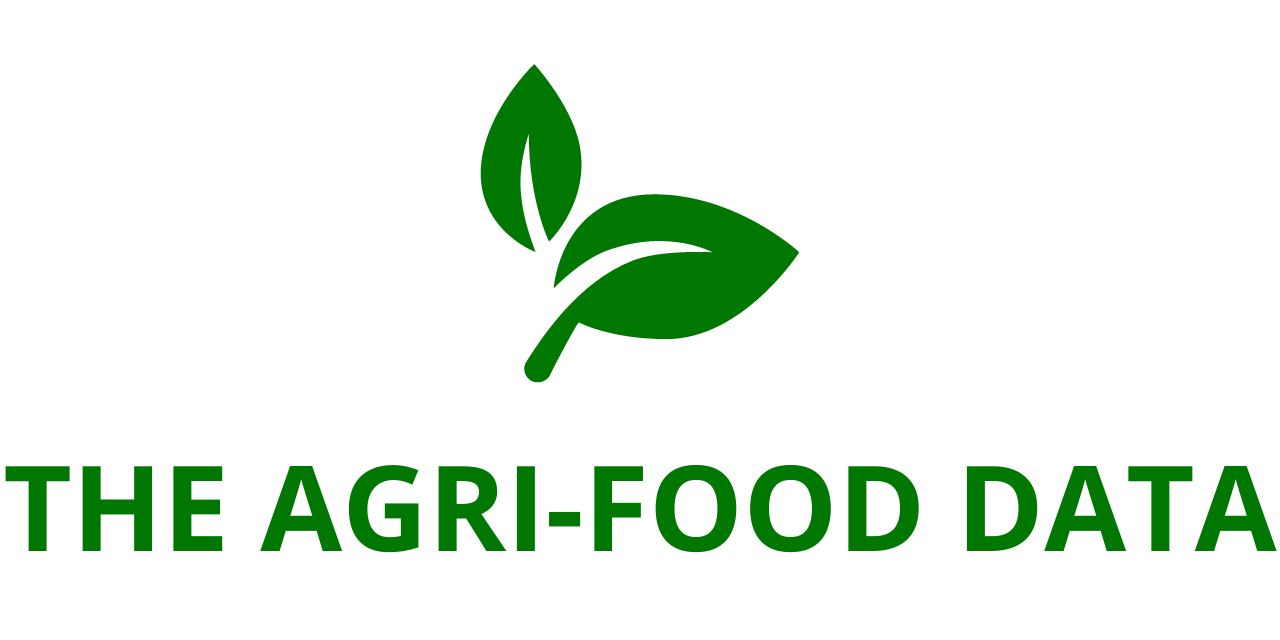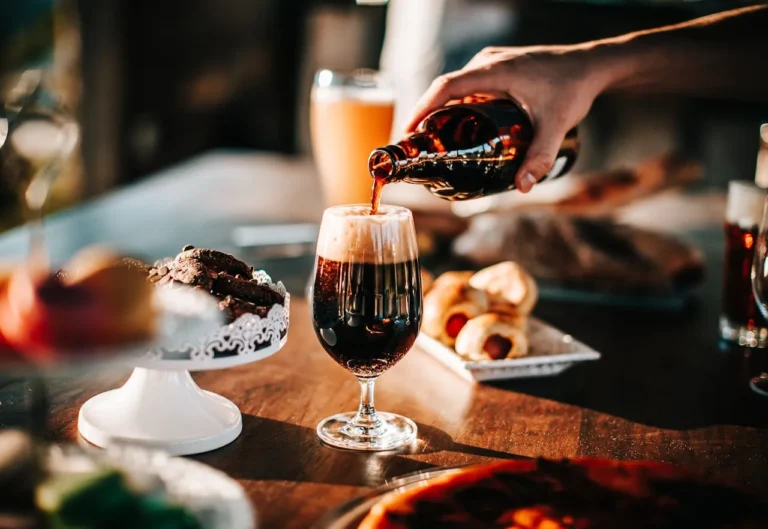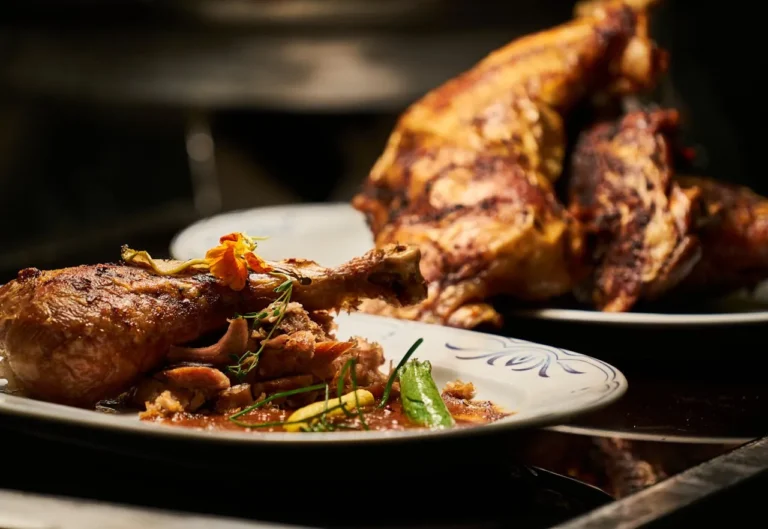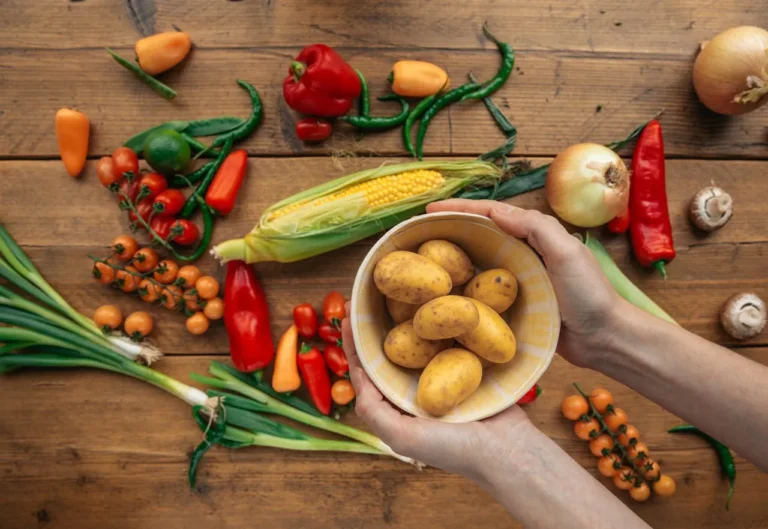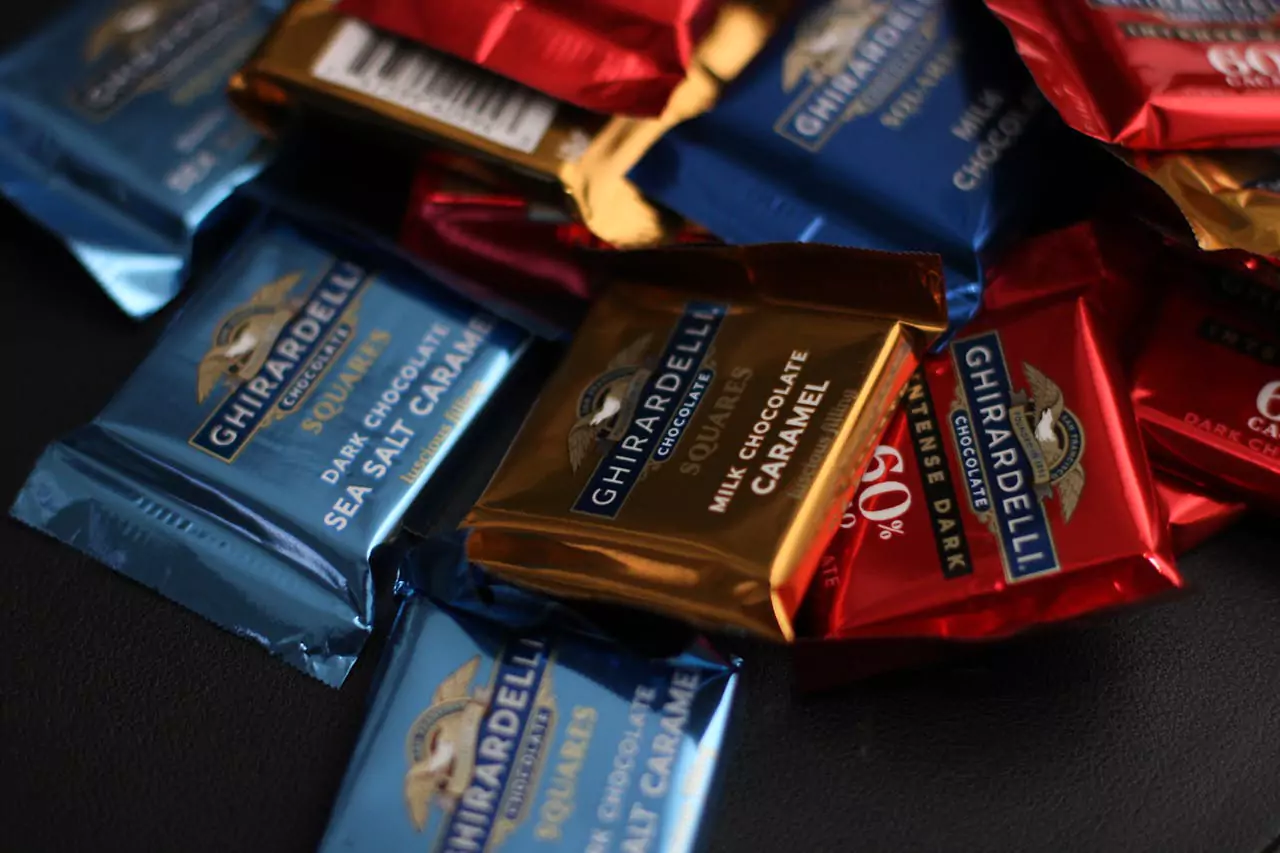
As Easter draws near, Americans are gearing up for what promises to be a record-breaking chocolate celebration. A staggering 73 million pounds of chocolate are expected to be consumed across the country during this holiday season—a figure that translates into more than $2 billion in chocolate sales. From chocolate bunnies to filled eggs and every treat in between, Easter continues to be one of the most chocolate-driven holidays of the year.
To put this chocolate craze into perspective, 73 million pounds of chocolate is enough to:
- Create over 1 billion chocolate eggs, each weighing a standard 1-ounce;
- Craft close to 400 million chocolate bunnies, each weighing 3 ounces—enough to line them up, nose to tail, from New York City to Los Angeles more than eight times;
- Fill upwards of 146 million Easter baskets, each with a generous half-pound of chocolate delights.
Chocolate: A Holiday Tradition
According to proprietary research by Cargill, a leading global food corporation, Americans view Easter as the perfect occasion to indulge in sweet traditions. In fact, eight in ten consumers admit that holidays like Easter are a legitimate excuse to satisfy their chocolate cravings. And when it comes to chocolate, moderation is key—most consumers believe it’s fine to enjoy chocolate occasionally, especially during festive times.
Not surprisingly, chocolate preferences run deep. Nearly every consumer has a specific type of chocolate they gravitate toward, and milk chocolate tops the list, favored by nearly 50% of respondents. Rich, creamy, and comforting, milk chocolate remains a classic choice that appeals to people of all ages.
The Sensory Experience of Easter Chocolate
“Easter is all about traditions, and chocolate is at the heart of it,” says John Satumba, Global Vice President of Food Innovation at Cargill. “Whether it’s a classic bunny, a creamy egg, or something new and unexpected, we’re proud to help some of the most iconic brands create unforgettable Easter moments for consumers.”
But chocolate today isn’t just about sticking to the old favorites. Satumba emphasizes that modern consumers are looking for heightened sensory experiences and more complex flavor profiles. While nostalgic flavors like caramel and peanut butter are still strong favorites—reminding people of childhood treats—there’s a growing appetite for more adventurous flavor combinations.
“Chocolate lovers are starting to explore a more diverse flavor landscape,” Satumba notes. “We’re seeing interest in combinations that blend sweet, salty, spicy, and even sour profiles. People want chocolate that not only tastes good but also surprises and delights the senses.”
From Farm to Factory: Crafting the World’s Chocolate
As one of the world’s leading suppliers of cocoa and chocolate ingredients, Cargill plays a critical role in making Easter a sweet success. The company develops and supplies a wide range of cocoa and chocolate products to chocolate, confectionery, and food manufacturers around the world. Their portfolio includes everything from cocoa powder, butter, and liquor to chocolate coatings, fillings, and compound blends used in industrial applications.
With more than 50 years of experience in chocolate innovation, Cargill understands the delicate art of flavor development. From the sourcing of cocoa beans to the fine-tuning of textures and blends, the company collaborates with major food and confectionery brands to ensure that every chocolate treat meets the highest standards of taste and quality.
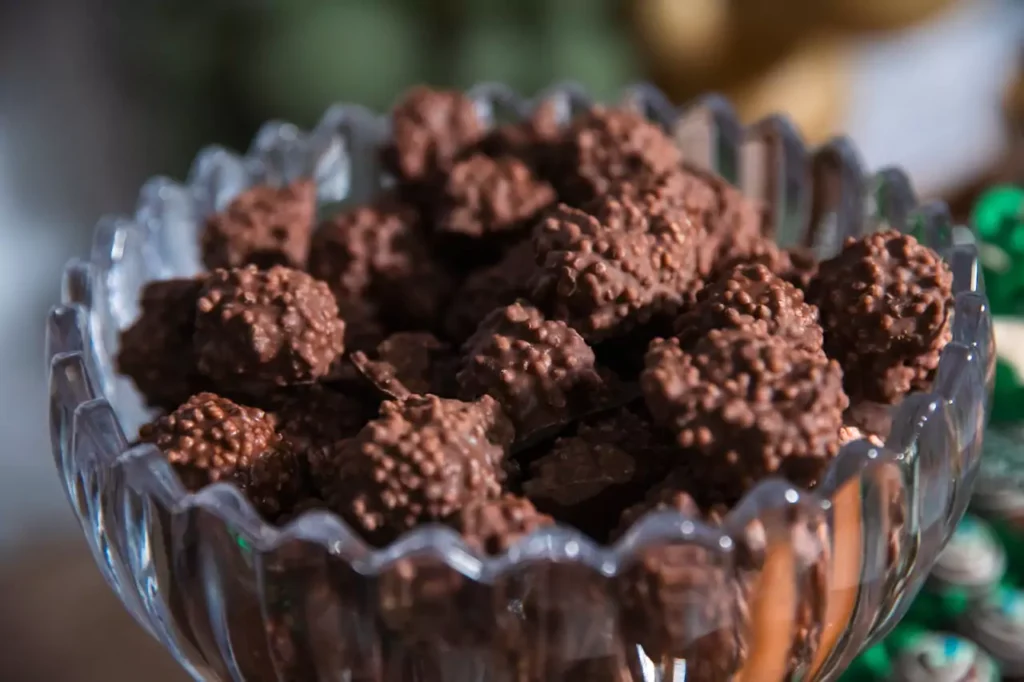
“Easter is a time when our expertise really comes to life,” Satumba explains. “From helping brands design unique seasonal offerings to ensuring consistent quality and supply, we’re proud to be part of what makes Easter magical for millions of people.”
Trends in Chocolate Innovation
As the chocolate market continues to evolve, Cargill remains at the forefront of innovation. In recent years, consumers have become more interested in sustainability, ethical sourcing, and clean-label products. Cargill has responded by investing in programs that support cocoa farmers and promote responsible farming practices around the globe.
Additionally, there’s growing demand for plant-based chocolate options, sugar-reduced formulations, and better-for-you confections. Cargill’s research teams are developing new ingredients and refining formulations to meet these changing consumer needs, while still delivering the rich, satisfying taste that chocolate lovers expect.
“People are asking more from their chocolate than ever before,” says Satumba. “They want it to taste great, make them feel good, and align with their values. Our mission is to deliver on all fronts.”
The Future of Easter Chocolate
From whimsical foil-wrapped rabbits to luxurious artisan truffles with exotic fillings, chocolate has become a deeply personal part of how people celebrate Easter. Whether it’s shared during a family brunch, gifted in a colorful basket, or savored quietly during a spring afternoon, chocolate plays a central role in the holiday’s traditions and memories.
As we head into Easter 2025, the message is clear: Americans love their chocolate, and they’re more than willing to celebrate the season with their favorite confections. With innovation, flavor diversity, and timeless tradition all wrapped into one sweet package, the chocolate industry—and Cargill in particular—continues to make Easter an indulgent and joyful experience for millions.
So, as you pick out your favorite chocolate bunny or creamy egg this year, just remember: you’re part of a nationwide celebration of flavor, nostalgia, and creativity. Happy Easter—and happy indulging!
Let me know if you’d like to tailor this article to a specific audience, like industry professionals, a general consumer readership, or for a press release!
